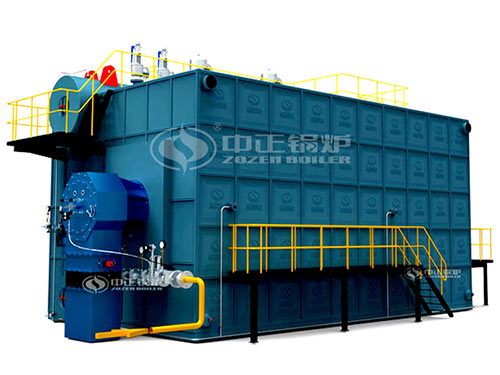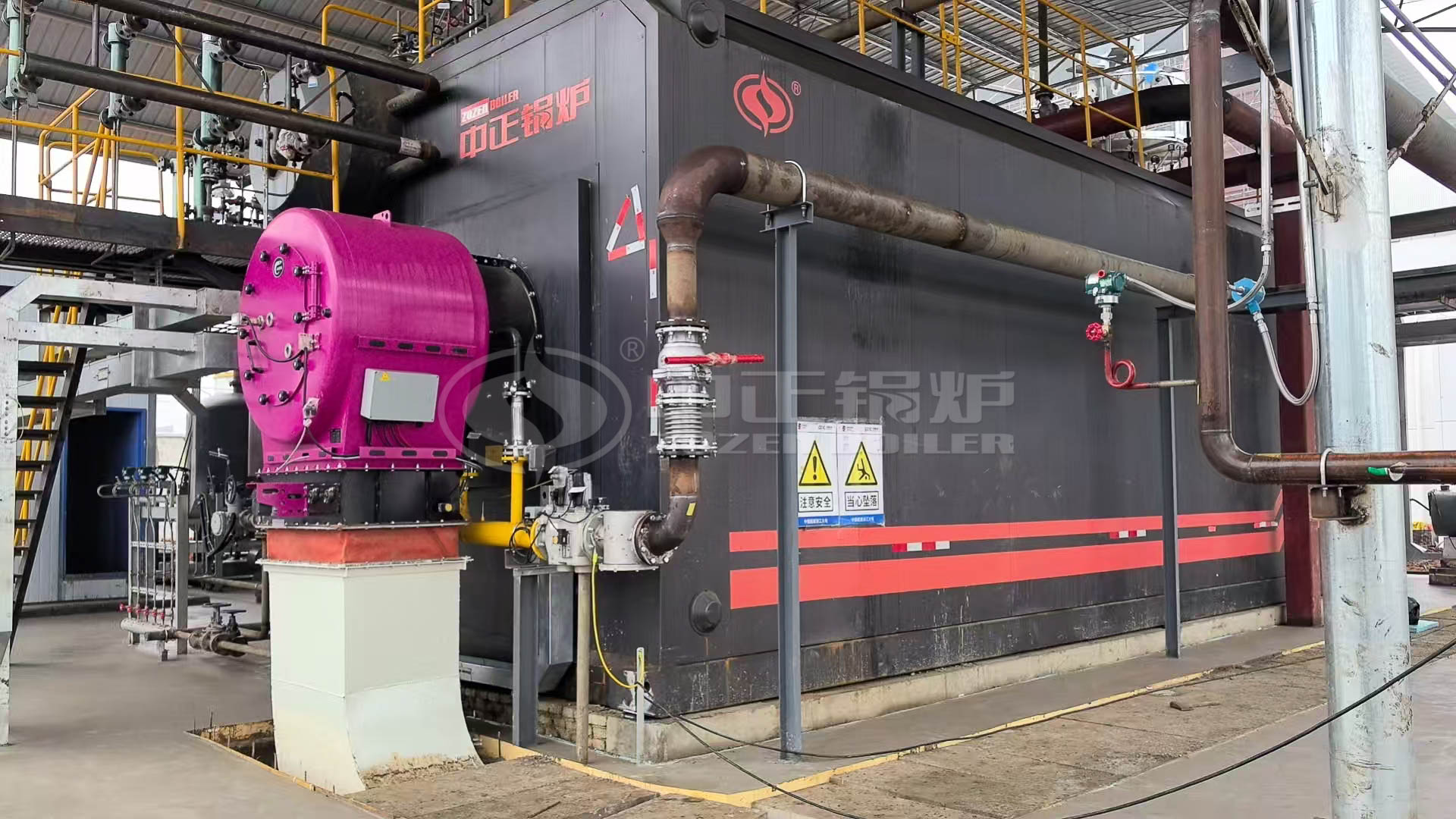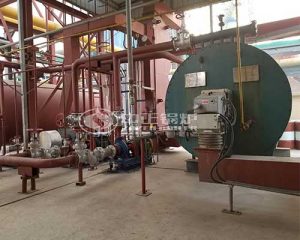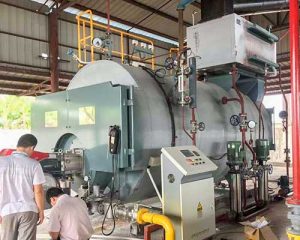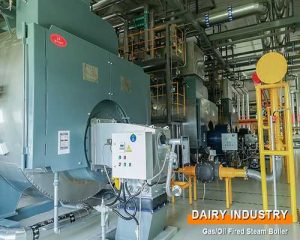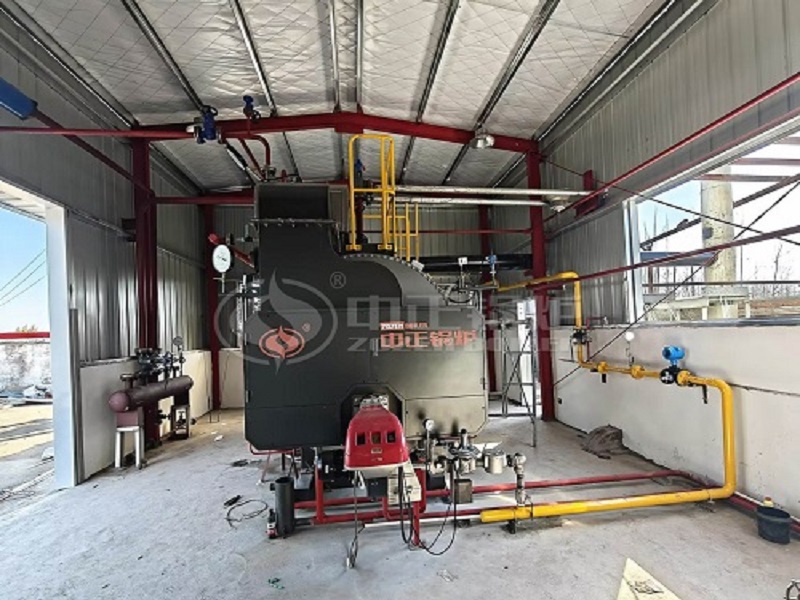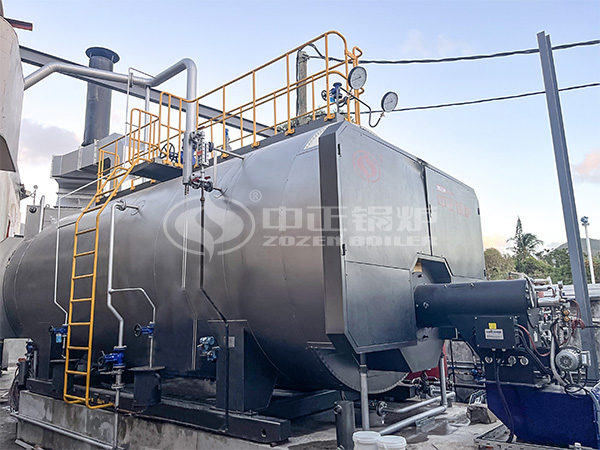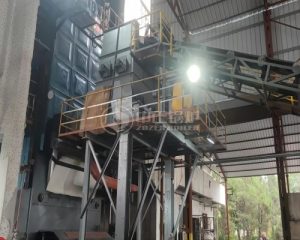Heavy oil for industrial boilers, namely fuel oil, is mainly made from petroleum cracking residue and straight-run residue, which is characterized by high viscosity and contains many non-hydrocarbon compounds, gums and asphaltenes. Among them, the viscosity of industrial boiler special oil is an important performance index of fuel oil, and it is also the main basis for dividing fuel oil grades. It is an index to measure the fluidity resistance, and its size represents the fluidity, pumpability and atomization performance of fuel. Generally speaking, high viscosity fuel needs to be preheated to reduce its viscosity to a certain level, and then enters the burner, making it easy to spray and atomize at the nozzle.
At present, the commonly used special oils for industrial boilers in China are 40°C kinematic viscosity (distillate fuel oil) and 100 °C kinematic viscosity (residue fuel oil). In China’s past fuel oil industry specifications, Engel viscosity (80°C, 100°C) was used as the quality control target, and 80°C kinematic viscosity was used to classify the grades. Dynamic viscosity of oil is the ratio of dynamic viscosity to density. The unit of kinematic viscosity is Stokes, referred to as Stokes for short. When the dynamic viscosity of the fluid is 1 poise and the density is 1 gram per cubic centimeter, the kinematic viscosity is 1 Stokes. CST is the abbreviation of Centimeter, which is 1% Stokes.
